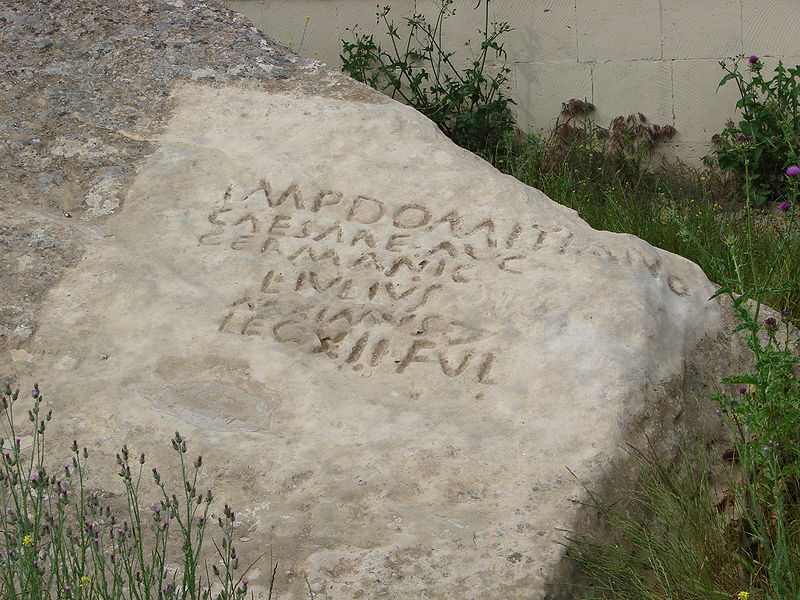Romans on the Shores of the Caspian Sea August 5, 2010
Author: Beach Combing | in : Ancient , trackbackBeachcombing has looked in a previous post at supposed direct contact between the Roman Empire and China in the second century. Today he will not be attempting to take the Romans so far to the east – but he will still be going an impressive way into Central Asia. Azerbaijan to be exact.
It should be noted immediately that there is nothing particularly controversial about what follows – though the coordinates are not those that most of would associate with the Romans. The Empire had been attempting to cement their control over the Black Sea since the times of Augustus. And under Domitian(81-96 AD) there was a push to drag the western shores of the Caspian Sea under Roman control.
Beachcombing loves the ideas of Roman eagles and milestones stretching into Central Asia. But the truth is that these were not Roman provinces. Rather they were allied states, bribed and occasionally threatened by the Romans into giving a loyalty of sorts to the Roman Emperor and allying with Rome against the Parthian Empire to the south.
The Roman golden age in the Caucusus lasted from the late first to the early second century AD, when Armenia briefly became a Roman province, and until the Alan, a Steppe tribe, overran the territory. From then on Roman interest and Roman reach in the region fluctuated with the generations – though early Christianity in the Caucusus owes something to Roman penetration, as did early Christianity in southern India, where Roman merchants likely had a hand in the establishment of the new religion.
Various scrappy bits of evidence have been put together to flesh out the Roman presence in the Caucusus including placenames and the occasional stray archaeological find. But the most impressive proof by far is a Roman inscription at Gobustan near Baku documented in 1950.
The Latin words written there are ‘Imp Domitiano Caesare Avg Germanico Lucius Iulius Maximus Legionis XII Ful’. Expanded and translated this gives us ‘Under Emperor Domitian Caesar Augustus Germanicus [81-96 AD], Lucius Julius Maximus, the Twelfth ‘Lightning’ Legion’.
Lucius Julius Maximus was clearly the leader (a centurion?) of a group of Romans from the Twelfth. The remarkably precise letters suggest – if this is genuine, as it is almost universally believed to be – a flag-waving moment carried out by some Roman scouts or a Roman century sent out to secure an objective next to the Caspian Sea.
Again this may be dizzying for those of us, like Beachcombing, who want our Romans on the Mediterranean seaboard or, at a stretch, on Hadrian’s Wall. But there are hints elsewhere that, under Domitian, Roman troops had infiltrated the Caucusus to defend Roman allies there. And who better to do the work than parts of the Twelfth, a legion that had cut its way through much of the East in the previous century?
But still what a moment! A group of legionaries within a stone throw of the Caspian looking at each other, Beachcombing supposes, ‘with a wild surmise’. There is no evidence, with the exception of some very doubtful inscriptions from Kara Kamar in Uzbekistan (a future post…), that Roman troops under Roman command ever travelled further to the east.
Beachcombing goes wild for this stuff. Any other evidence – however doubtful – of Roman penetration in the Caucusus would be gratefully received. drbeachcombingATyahooDOTcom



